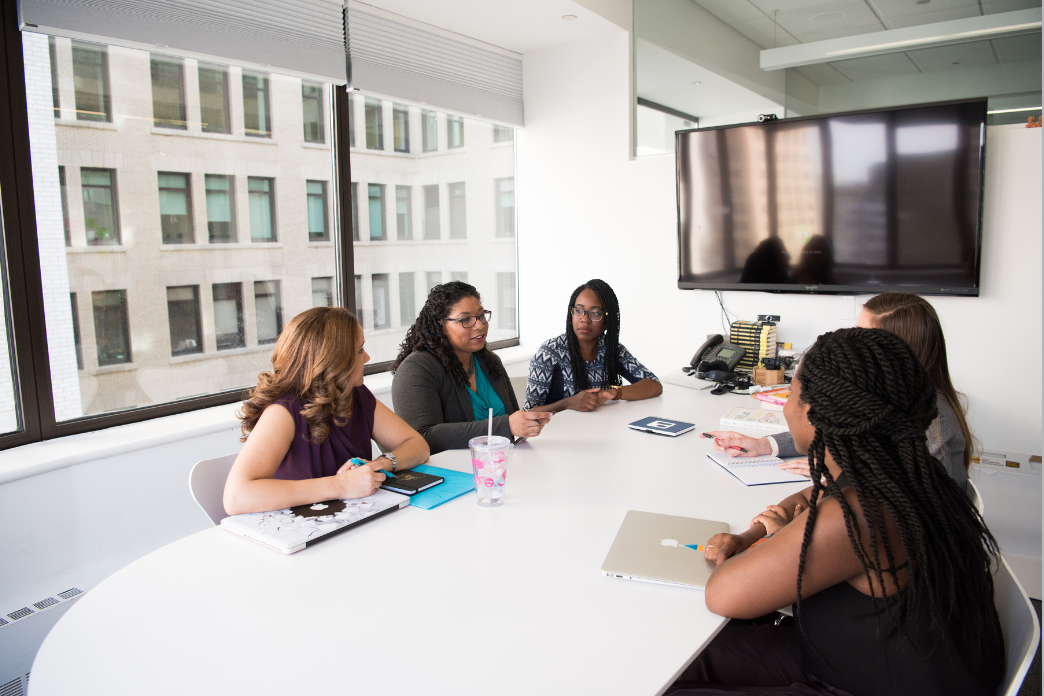
Public relations pros are part of important conversations that span corporate silos about corporate diversity and inclusion program evaluation. Often, PR pros simultaneously look at external communications and community relations to see how companies play a role in creating a more equitable community.
Here are a few key areas companies can evaluate as they decide how to make changes to DEI programs:
Holidays
It’s common for HR departments to make updates to employee handbooks, policies, procedures and benefits each year. Company holidays should be added to the list to consider for updates that have diversity and inclusion in mind.
Many U.S. corporate holidays follow the Christian calendar, but Americans are increasingly more diverse in their faiths. Consider adding Jewish holidays like Yom Kippur or Islamic holidays to be more inclusive. Also, consider adding holidays that are important to American history like Juneteenth and Martin Luther King, Jr. Day. Some companies allow for flex holidays so employees can decide when to observe holidays that are important to them.
Photography
Look at the imagery that your company uses, and determine if it’s homogenous, or fully reflective of a diverse community. A communications audit can analyze the photography that your company uses in its brochures, collateral, social media, websites and ads. Ideally, your employees and customers should see themselves in your photography.
Update your brand guide to mandate imagery that represents a diverse range of ages, ethnicities, abilities and lifestyles. Change the images that you use throughout your communications and marketing. Resources like TONL can help companies update their image libraries.
Recruiting
Companies like to cite a “talent gap” as part of the challenge in hiring diverse talent. “Opportunity gap” might be a more accurate name for it. Some students don’t have the option to take unpaid internships or the opportunity to know how to find or land an internship.
Be a part of introducing diverse talent to your industry. Speak to classes at historically Black colleges and universities, and share your company’s internships with professors at HBCUs. Mentor students and young professionals who are looking to learn more about your industry, or in business overall.
Other candidates might be removed from consideration when names or photos are included on resumes. Ask HR to remove names and photos to eliminate potential biases and score candidates based solely on relevant experience and skills.
Trade associations
As storytellers, PR practitioners have the opportunity to lift and spotlight people whose experiences and voices have been unrepresented.
PR professionals should continue to place a priority on diversity and inclusion. It’s a critical component of corporate social responsibility and can make a major positive impact toward achieving equity in the long-term.
And diversity fuels an organization’s success: Hearing from a diverse range of people in your organization as you make decisions ensures that you are taking a course that will match your employees’ and your customers’ needs.
B2 frequently works with companies to review their diversity and inclusion efforts and enhance their employee recruiting and retention. Reach out to see how we can help you.
